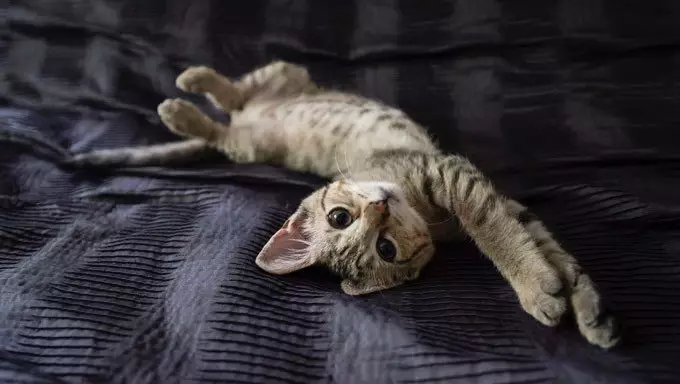Cats are adored by millions as cherished companions, notable not only for their enchanting demeanor but also their air of enigma. As one of the most popular pets in the United States, these creatures often elicit a mix of admiration and misunderstanding. Given their popularity and inherent mystery, numerous myths have emerged, many of which can adversely affect the well-being of these beloved animals. This article sets out to clarify some common misconceptions surrounding cats, which can help cat owners foster healthier and happier environments for their feline friends.
A prevalent belief is that cats are entirely solitary beings, thriving in isolation. While it’s true that they display an independent streak, they are far from indifferent to human interaction. In fact, many cats experience separation anxiety, a condition that can lead to stress-related behaviors. Signs may include inappropriate elimination outside the litter box, vocalizations when left alone, or excessive grooming. Owners should prioritize minimizing alone time and enriching their cats’ lives with play and engagement, ensuring that their emotional needs are met. Regular interaction not only benefits the owner and pet bond but also promotes emotional well-being in cats.
Disregarding the litter box is frequently misunderstood as a behavioral issue, but the reality is often more complex. Failure to use the litter box can stem from various factors, the most critical of which may be medical issues or stress. When faced with this dilemma, it’s crucial to consult a veterinarian to rule out underlying health concerns. Once confirmed as non-medical, retraining techniques can be utilized, such as employing different types of litter or repositioning litter boxes throughout the home. Addressing litter box problems early can significantly improve a cat’s quality of life and prevent further escalation of stress.
Misconceptions about why cats scratch can lead to frustration among cat owners. Some believe that scratching is inherently destructive; however, it serves several essential functions for cats. Scratching allows felines to maintain their claws, exercise their muscles, relieve anxiety, and mark their territory through scent glands in their paws. Instead of attempting to eliminate this behavior, cat owners should focus on providing ample opportunities for scratching through designated scratching posts and surfaces. This solution satisfies their intrinsic need to scratch while protecting furniture and textiles.
There’s a prevalent myth that cats pose a danger to infants, particularly the baseless claim that cats can suffocate babies. On the contrary, with proper supervision during interactions, cats can form substantial bonds with children. This myth underscores the importance of guiding interactions and teaching children how to respect a cat’s space. Fostering a positive relationship between pets and children can cultivate responsibility and empathy in young ones while allowing cats to enjoy affectionate companionship.
Another common misunderstanding is that cats are inherently solitary creatures and should ideally live alone. On the contrary, many cats thrive on companionship and enjoy the company of other felines. When adopting a new pet, introducing cats from the same litter or a compatible adult cat can enhance social dynamics in a multi-cat household. Observing their interaction and allowing them to share territory responsibly can lead to enriched social relationships for both pets.
Many cat owners mistakenly believe that their feline friends do not need regular veterinary visits, primarily due to the worry that such trips are overly stressful. This belief can have detrimental effects; routine check-ups are vital for early detection of possible health issues. Innovative veterinary practices now frequently incorporate stress-reducing techniques, like cat-centric waiting rooms and gentle handling, to make visits as comfortable as possible. Educating cat owners on the importance of regular veterinary care is critical to ensuring the longevity and health of their pets.
Cats are frequently misinterpreted regarding their vocalizations, leading many to view excessive meowing as annoying or unnecessary. In fact, meowing is a primary form of communication between cats and their human companions. This behavior can signify various emotional states or needs, and when it becomes persistent, it may signal underlying health issues like hyperthyroidism or anxiety. Owners should remain attentive to their cats’ vocalizations, as understanding their communication can foster a deeper bond and potentially highlight health concerns requiring attention.
Some people may incorrectly assume that cats do not need much physical or mental stimulation. In reality, regular play is essential for their well-being and can reduce troubling behaviors that arise from boredom or excess energy. Daily interactive play sessions can not only keep a cat physically active but can also strengthen the bond between owner and pet, showcasing that mutual engagement is beneficial for all.
As we unravel these myths, we shift our perspective toward a more informed and empathetic understanding of our feline companions. By acknowledging the truths behind common misconceptions, cat owners can cultivate richer, healthier relationships with their cats, ultimately providing a happier life for these treasured creatures.
